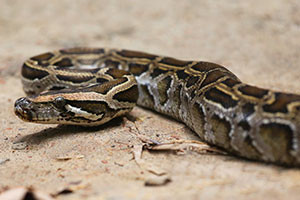 At this point, pythons are notoriously known to be bad news for the Everglades. They are an invasive species as they deplete mammal populations. Each year, pythons hunts are held to reduce the number of this species in the Everglades to try and help bring balance back to the ecosystem of the Everglades. Now, researchers are saying the Burmese pythons are eating/killing so many animals in the Everglades that mosquitos are starting to bite the hispid cotton rat that carries a virus that is dangerous to humans.
At this point, pythons are notoriously known to be bad news for the Everglades. They are an invasive species as they deplete mammal populations. Each year, pythons hunts are held to reduce the number of this species in the Everglades to try and help bring balance back to the ecosystem of the Everglades. Now, researchers are saying the Burmese pythons are eating/killing so many animals in the Everglades that mosquitos are starting to bite the hispid cotton rat that carries a virus that is dangerous to humans.
This rat carries the Everglades virus, which is an encephalitis-causing pathogen.
The hispid cotton rat’s virus can give a person a fever, headache, and encephalitis, which is inflammation of the brain (in rare cases). A University of Florida research Nathan Burkett-Cadena said mosquitos are now biting this rat more than any other mammal living in the Everglades. The hispid cotton rats multiply fast, and since the Burmese python is depleting other mammals, the rat has become a main source of blood for the mosquitos to feast on.
In the past, mosquitos could frequently bite deer, rabbits, racoons, and other mammals, but their numbers are shrinking in the Everglades. There is a specific mosquito that is biting the rats; it’s called the Culex cedecei. Thankfully, this mosquito doesn’t go into urban areas, so it’s rare that humans will contract this virus. However, the Culex panocosa mosquito does go into cities, but has yet to bite the cotton rats. The University of Florida research team is keeping an eye on the mosquitos to see what is happening with these mosquitos and rats.
When visiting the Everglades, it’s always extremely important to cover up (long pants, long sleeves) or wear insect repellant. Even if there is no virus present, the Everglades is a living ecosystem where thousands of insects thrive, so it makes sense to protect oneself to keep bugs from biting.
The answer to restoring the wildlife and mosquito-biting balance in the Everglades lies in the reduction/eradication of the pythons. To get a permit to hunt for pythons, click here.
To explore the beautiful Everglades, click here or call 800-368-0065. Captain Mitch’s Airboat Tours show you the Everglades like you will never see it in any other way!
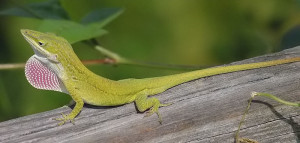 Crawling all over the Everglades’ trees and floors are reptiles. More than 50 distinct kinds of reptiles live in the Park. The Park’s most well-known reptiles are, of course, the American alligator and the American crocodile, but there’s plenty of other scaly creatures running around, including the very tiny green anole (anolis carolinensis).
Crawling all over the Everglades’ trees and floors are reptiles. More than 50 distinct kinds of reptiles live in the Park. The Park’s most well-known reptiles are, of course, the American alligator and the American crocodile, but there’s plenty of other scaly creatures running around, including the very tiny green anole (anolis carolinensis). Animals. Insects. Reptiles. Amphibians. Plants. Water. Airboats. These are a list of things that you may easily see on your trip to the Everglades. However, did you know you can also see artwork in the middle of this beautiful wetland? It’s true.
Animals. Insects. Reptiles. Amphibians. Plants. Water. Airboats. These are a list of things that you may easily see on your trip to the Everglades. However, did you know you can also see artwork in the middle of this beautiful wetland? It’s true.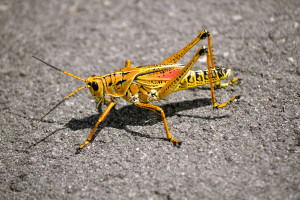 When you think of wildlife in the Everglades, what comes to mind? Alligators? Panthers? Majestic birds? How about insects? Well, they should, because there’s thousands of them flying and crawling around this ecosystem. One such insect that calls the Everglades home is the lubber grasshopper.
When you think of wildlife in the Everglades, what comes to mind? Alligators? Panthers? Majestic birds? How about insects? Well, they should, because there’s thousands of them flying and crawling around this ecosystem. One such insect that calls the Everglades home is the lubber grasshopper.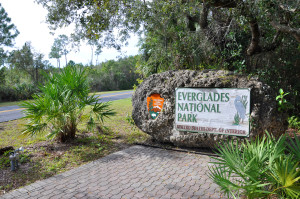 The Everglades is a living, breathing ecosystem, and as you may remember from previous blog posts or news stories, there is restoration work and improvements always happening in this wetland to make the park a better place while returning it back to its natural state.
The Everglades is a living, breathing ecosystem, and as you may remember from previous blog posts or news stories, there is restoration work and improvements always happening in this wetland to make the park a better place while returning it back to its natural state.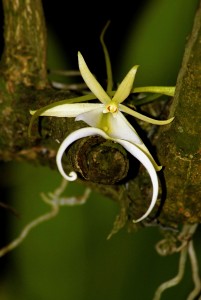 The Ghost Orchid is one of the Everglades’ most rare and endangered plants.
The Ghost Orchid is one of the Everglades’ most rare and endangered plants.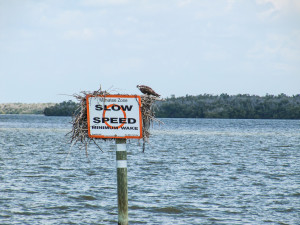 The Everglades is a 1.5 million-mile-acre wetland preserve, which means there’s a lot of land and water for you to explore. Being a fragile ecosystem and National Park filled with thousands of creatures and plant life, there are several regulations that must be followed when spending time here. The Everglades provides shelter to many species, and it also provides water to southern Florida, so it is important for visitors to respect this environment. If you’re planning a trip to the Everglades, we wanted to share with you some important regulations to keep in mind.
The Everglades is a 1.5 million-mile-acre wetland preserve, which means there’s a lot of land and water for you to explore. Being a fragile ecosystem and National Park filled with thousands of creatures and plant life, there are several regulations that must be followed when spending time here. The Everglades provides shelter to many species, and it also provides water to southern Florida, so it is important for visitors to respect this environment. If you’re planning a trip to the Everglades, we wanted to share with you some important regulations to keep in mind.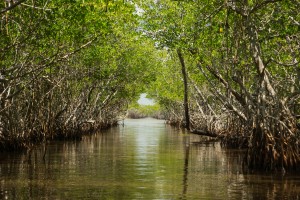 How much do you know about the Everglades? Even though this area is a National Park, the average person may not know a lot of details about this wetland, especially if they do not live near it. In the national news, people are hearing about the Everglades restoration, but may not know a whole lot about the Park itself and its importance to the ecosystem of the area. The Everglades is a truly mystical place, so we wanted to share with you some fun, interesting, and maybe even little-known facts, about it.
How much do you know about the Everglades? Even though this area is a National Park, the average person may not know a lot of details about this wetland, especially if they do not live near it. In the national news, people are hearing about the Everglades restoration, but may not know a whole lot about the Park itself and its importance to the ecosystem of the area. The Everglades is a truly mystical place, so we wanted to share with you some fun, interesting, and maybe even little-known facts, about it.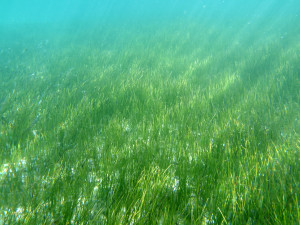 You might know that there’s a lot of seagrass around Florida and throughout the Everglades.; there’s 7 kinds of seagrass in Florida to be exact. But, did you know that this seagrass is dying? Much of the beautiful green, flowering seagrasses in the waters of the Everglades are turning brown and dying off. Last year, National Park Service researchers discovered a 40,000-acre section of seagrass in Florida Bay that is dying. Seagrass provides food and shelter for many different species for marine life, while also maintaining water quality. If this grass dies off, animals, fish, and even humans will be impacted negatively.
You might know that there’s a lot of seagrass around Florida and throughout the Everglades.; there’s 7 kinds of seagrass in Florida to be exact. But, did you know that this seagrass is dying? Much of the beautiful green, flowering seagrasses in the waters of the Everglades are turning brown and dying off. Last year, National Park Service researchers discovered a 40,000-acre section of seagrass in Florida Bay that is dying. Seagrass provides food and shelter for many different species for marine life, while also maintaining water quality. If this grass dies off, animals, fish, and even humans will be impacted negatively.





